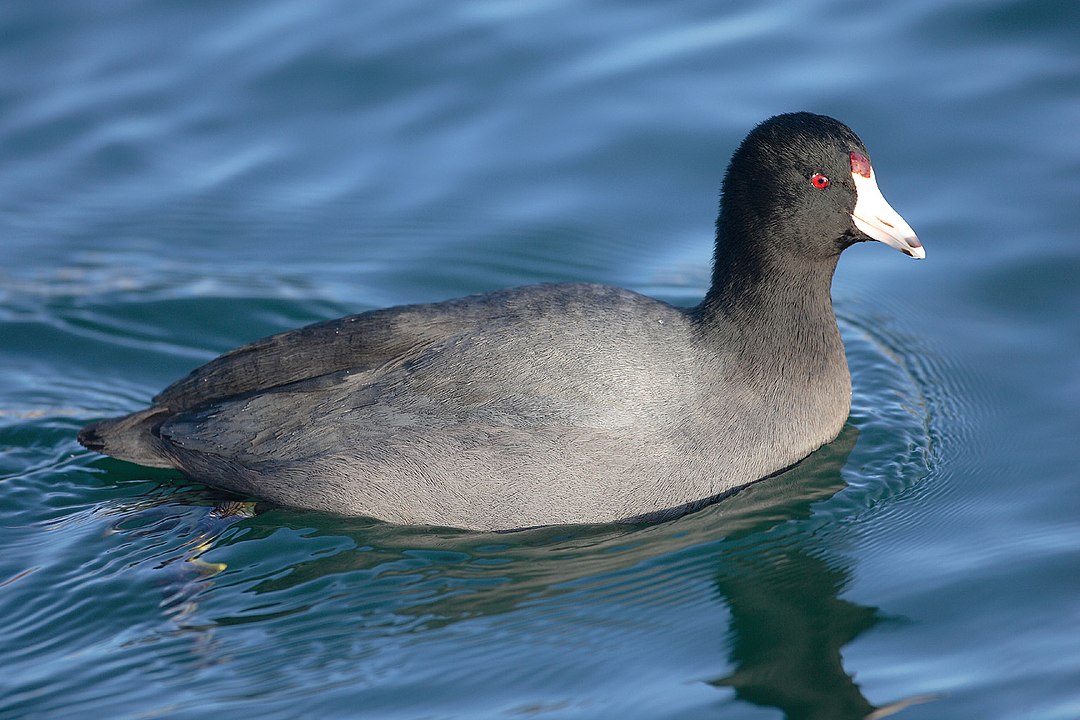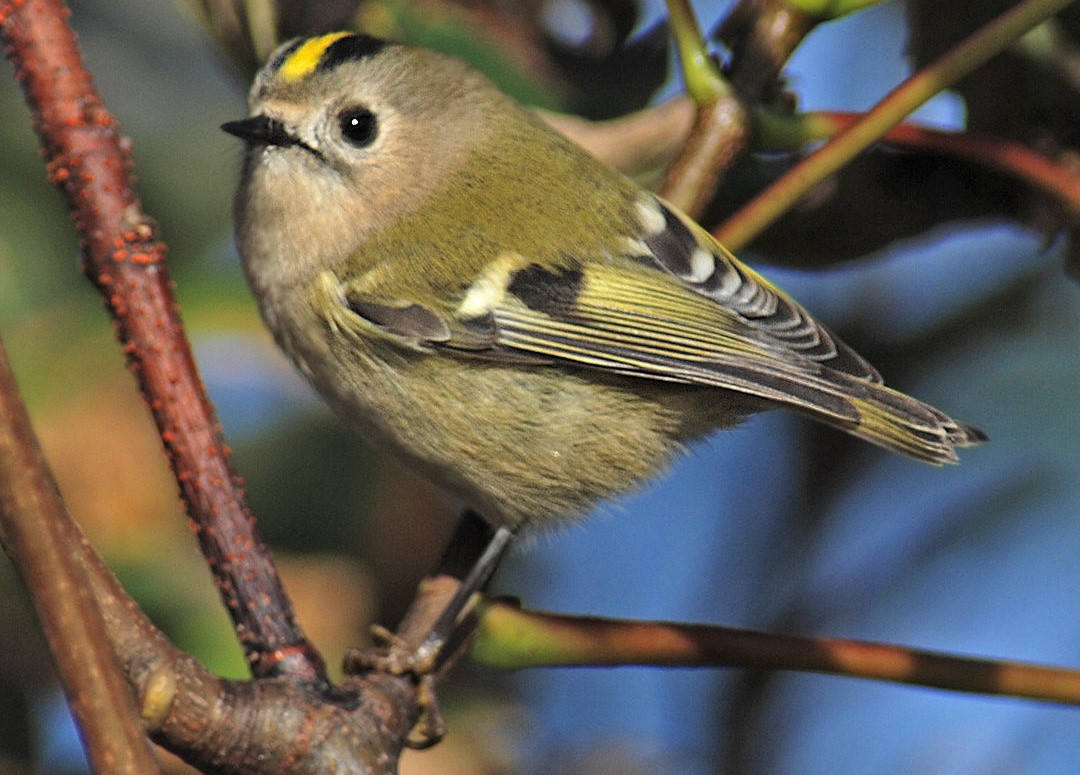Birds, for example, have incomparably smaller brains compared to primates, yet in many ways, they exhibit equal or greater intelligence. Scientists have found that small bird brains are packed with neurons. Birds often outperform mammals, including primates.
Clever Feathered Creatures
American coots (Fulica americana) are very good at counting the eggs in their nests to tell if other birds, such as cuckoos, have tried to slip their eggs. The Magpie (Pica pica) can recognize itself in a mirror, which even dogs or cats cannot.

The tufted titmouse (Cyanocitta cristata) remembers the positions of hundreds of hiding places in which it stores its food supplies for the winter. It remembers the contents of the hides, and even the length of time the food is stored in the hide. It knows that perishable food must be eaten before durable supplies.
Crows in the Lab
New Caledonian crows (Corvus moneduloides) make tools out of twigs for catching insects. hidden in a variety of hiding places. They use several types of tools, such as a “hook” or a “toothpick” to pull insects out of various hiding places. They hide the used tool for future use.

In laboratory conditions, New Caledonian crows perform incredible feats. If their favorite food is floating in a narrow, tall container and the crows can’t reach it with their beaks, they throw stones into the container to raise the surface and bring the treat closer to the edge. The birds ignore the pieces of Styrofoam offered with the stones once they realize that they are floating in the container and will not raise the surface.
The Study Compared Birds’ and Mammals’ Bains
However, detailed studies of pigeon brains have shown that birds and mammals have brain centers connected in very similar ways. A team of scientists from Austria, Brazil, and the Czech Republic compared the size of the brains of different species of birds and mammals while counting neurons.

For example, the common goldcrest (Regulus regulus), one of the smallest birds in nature, has a brain about the size of a mouse. However, its brain is packed with 164 million neurons, while the mouse has only 71 million.
The common starling (Sturnus vulgaris) is the size of a rat, but with nearly half a million neurons, it outnumbers the rodent by more than double. The brains of the black coot (Fulica atra) and the mountain marmot (Marmota marmota) are similar in weight, but the bird’s brain also has more than twice as many neurons.
Feathered intelligence shows that intelligence cannot be determined by brain size. In particular, parrots and songbirds of the warbler family match the mental performance of great apes in many respects.
Source and credit: pnas.org/search/Corvus%252Bmoneduloides%20content_type%3Ajournal, featured photo: cs.wikipedia.org/wiki/%C5%A0pa%C4%8Dek_obecn%C3%BD#/media/Soubor:Sturnus_vulgaris_2_(Marek_Szczepanek).jpg




